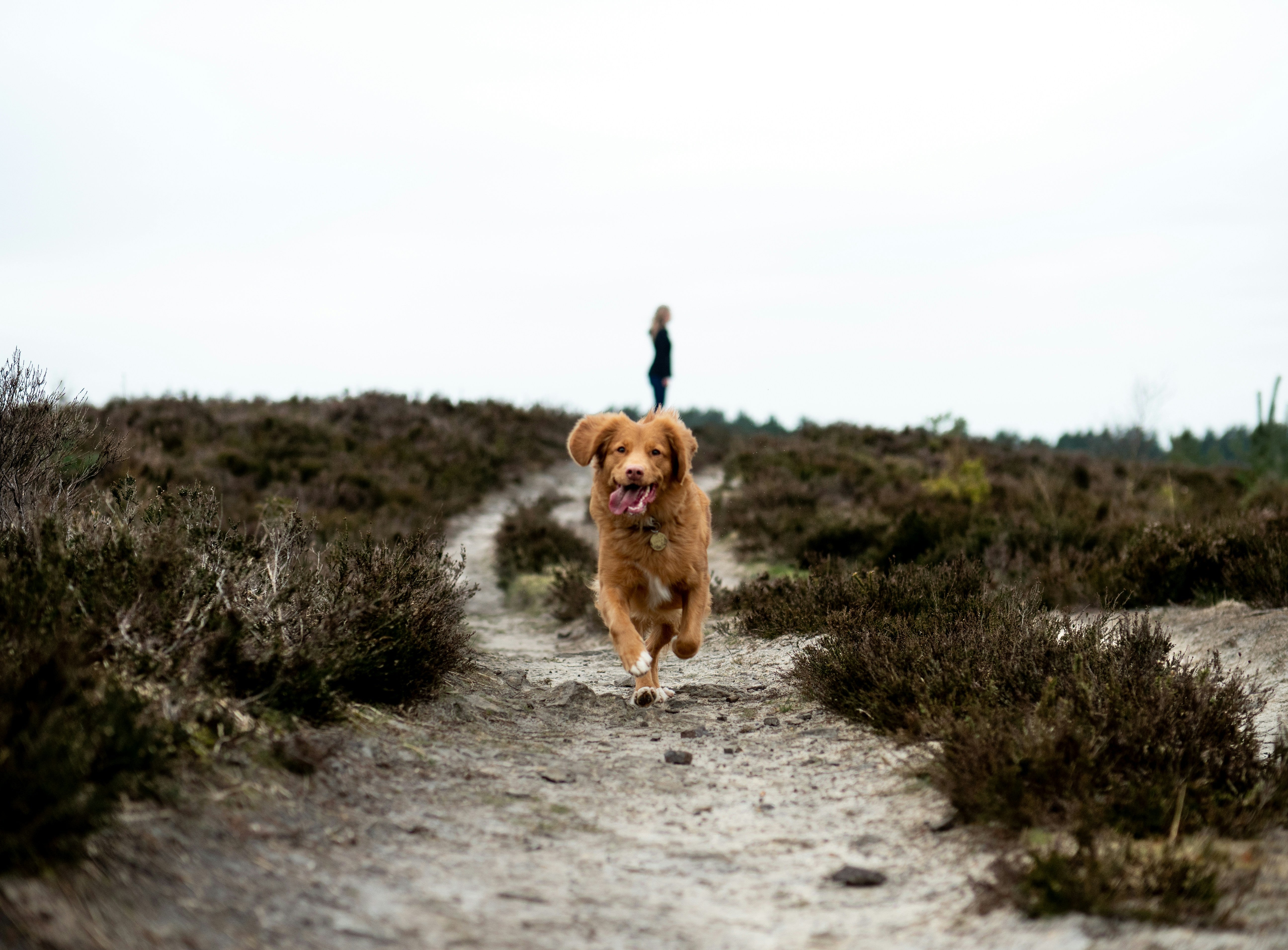
Exploring Why Dogs Choose to Sleep Under Beds

Throughout the ages, dogs have been considered both guardians and companions, often evolving their behaviors based on both instinct and environment. One such behavior that many pet owners have observed is their dog's penchant for seeking out hidden or secluded spots for slumber. Whether it's under the bed, behind the couch, or in a tucked-away corner, these choices are often rooted in natural instincts and the individual dog's personal experiences. The inclination to retreat to such hiding places raises questions about canine psychology, comfort, and safety perceptions.
Understanding why dogs choose these concealed resting places can offer a more profound insight into their emotional and physical well-being. It allows us, as pet owners, to ensure that their environment is not just physically safe but also emotionally comforting. As we delve deeper into the reasons behind these behaviors, we can better cater to their needs and strengthen the bond we share with our furry companions. So, continue reading as we demystify the reasons behind why dogs opt for these secretive sleeping spots.
Understanding Canine Instincts and Sleeping Habits
Dogs, with their lineage tracing back to wolves, exhibit certain behaviors that have been passed down from their wild ancestors. Wolves, in their natural habitat, instinctively sought shelter in dens to shield themselves from the potential dangers of predators. These concealed spaces served not only as safety zones but also provided protection against harsh weather conditions, making them prime spots for rest. Drawing a parallel, our domesticated canine companions might find hidden spots like under the bed or a secluded nook reminiscent of a wolf's den.
The sense of enclosure from these spaces might potentially provide them with a feeling of having command over their domain, thereby enabling them to navigate their surroundings with greater confidence. Numerous studies hint that these innate behaviors, while perhaps redundant in the safety of modern homes, remain a pivotal part of their instincts. As pet owners, when we acknowledge and understand these deeply rooted behaviors, it equips us to craft living environments that resonate with their primal needs and comforts.
Is your dog always finding secret nap spots? Give them the ultimate snuggle spot with the Human-Size Memory Foam Dog Bed. Let them follow their instincts and enjoy a super cozy hideout they'll adore.
Assessing Emotional and Environmental Factors

It's undeniable that dogs possess an acute sense of perception. They are remarkably attuned to changes in their surroundings and can be deeply affected by the emotional undertones of the people they interact with. Imagine a scenario where there's a significant shift in a dog's environment — be it moving to a new house, introducing a new family member, or simply rearranging the living room furniture. Such changes might unsettle a dog, prompting them to find solace in secluded areas.
These hidden sanctuaries might serve as their personal retreat, a place where they can mentally process and adjust to the overwhelming alterations in their familiar territory. Furthermore, in the cacophony of daily life, some dogs might choose these quiet hideaways as a place to unwind and detach from the constant stimuli of household happenings. By keenly observing our dogs and tuning into the alterations in their surroundings, we can potentially decipher the reasons behind their preference for these tucked-away resting spots.
Related Link: Why Do Dogs Tear Up Their Beds? Unraveling the Mystery
Bonding and the Desire for Closeness
At their core, dogs are social beings. Tracing back to their ancestral roots, they thrived in packs, finding solace and strength in numbers. This inherent need to be part of a group is still evident in today's domesticated dogs. For them, we, their human caregivers, are symbolic of their pack. So, when a dog chooses to sleep in proximity, such as under the bed of their owner's room, it may signify their innate need to be near their "pack." This proximity might potentially provide them with a comforting warmth, a sense of belonging, and an added layer of perceived safety. Observing the chosen resting spots of our dogs, especially in relation to where family members spend most of their time, can be enlightening, shedding light on their emotional needs and bonding tendencies.
Addressing Potential Health Concerns
While the reasons behind a dog's choice of sleeping spot can be numerous, often rooted in instinct or personal preference, it's vital for caregivers to remain observant of any abrupt shifts in their behavior. For instance, a dog that usually lounges openly but suddenly starts favoring hidden spaces consistently might be trying to convey something more than just a change in sleeping preference. Potential physical discomforts or ailments might push them towards the comfort of these secluded nooks.
Conversely, factors like exposure to jarring noises, unfamiliar settings, or distressing incidents might induce feelings of anxiety, compelling them to find refuge in such spots. While such behaviors in isolation may not be cause for immediate concern, when observed in conjunction with other signs like a decrease in appetite, unusual lethargy, or increased restlessness, it could suggest a deeper issue that may benefit from a veterinarian's consultation.
Respecting Choices and Ensuring Comfort

Just as humans have individualized preferences, so do dogs. While one might revel in sprawling across the living room rug, another might find solace beneath a bed. As stewards of their well-being, our foremost duty is to ensure that their chosen resting spots are devoid of potential risks and are comfortable. This entails periodically inspecting these areas for any lurking hazards and ensuring they remain hygienic. More importantly, it's paramount that we honor and value their choices, understanding that these decisions are influenced by a tapestry of instincts and emotional responses. Through this lens of empathy and understanding, we can nurture not just their physical health but also cultivate a relationship steeped in mutual respect and affection.
Related Link: Top 11 Tips for an Epic Road Trip with Your Dog
Share this article
written by


